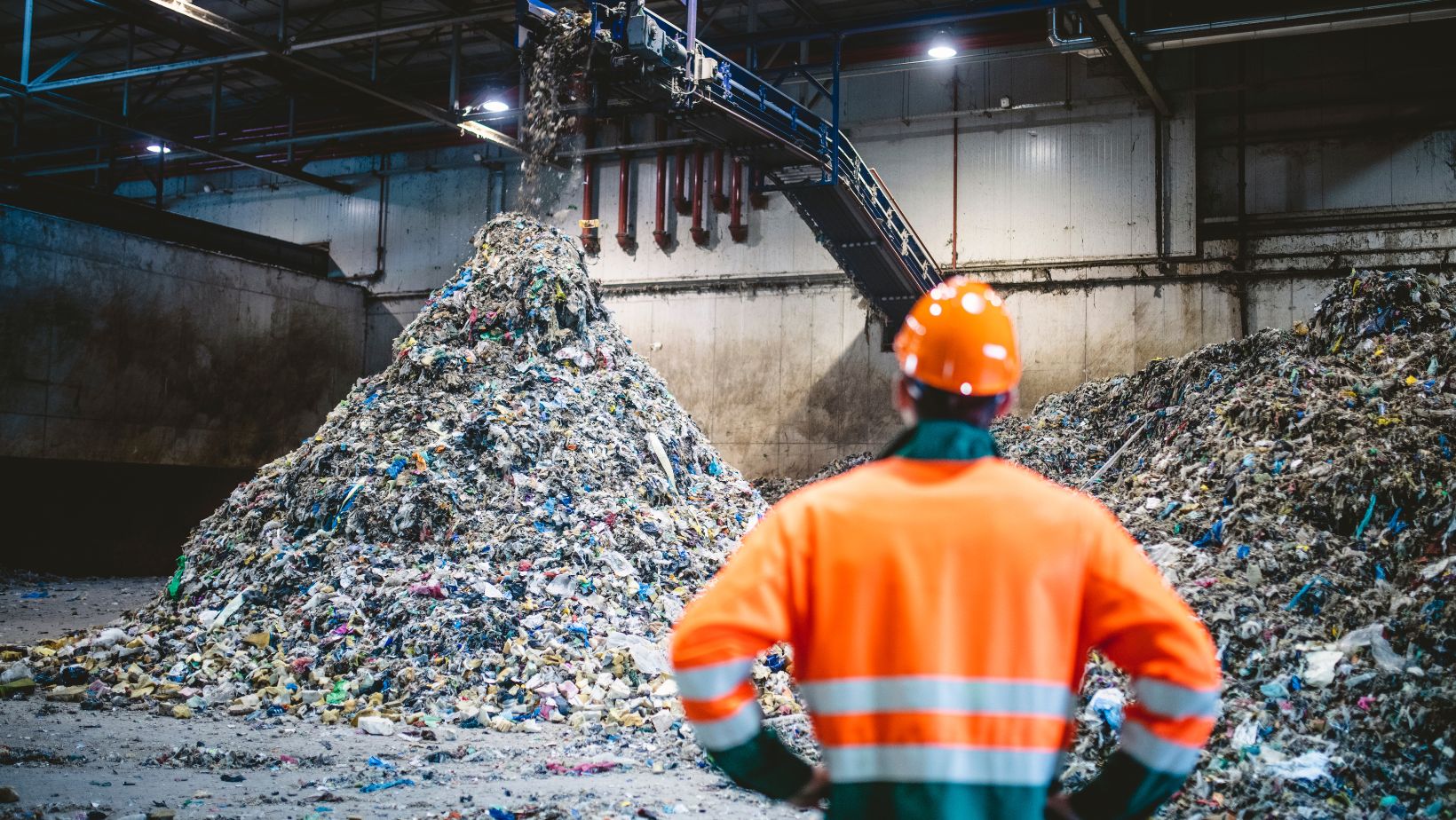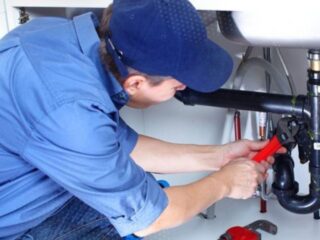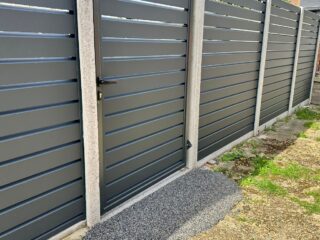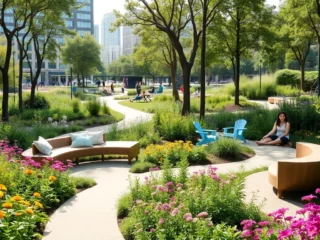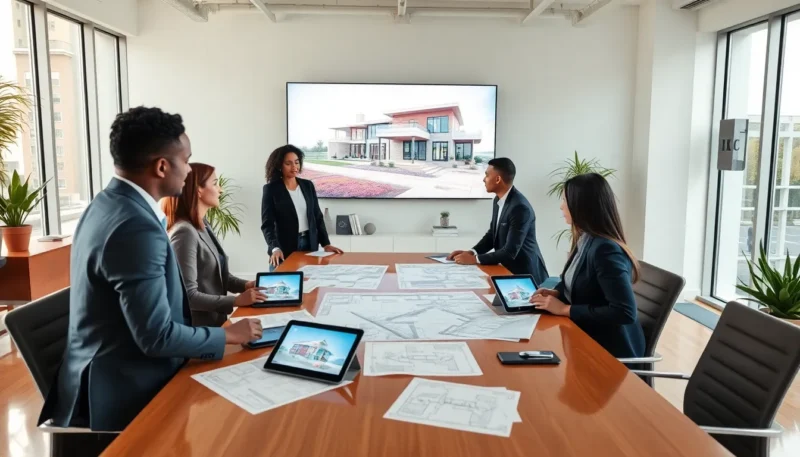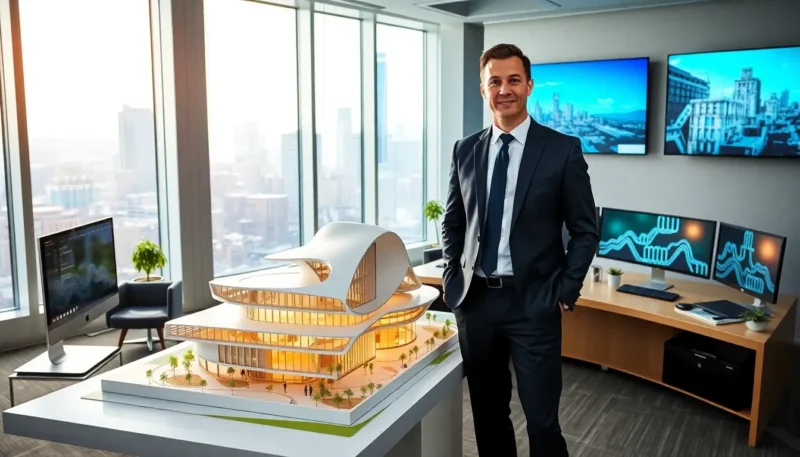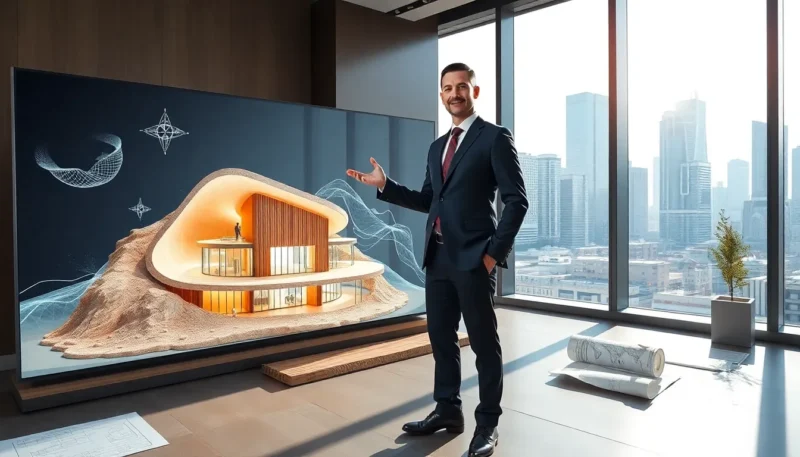
Sustainable construction methods continue to gain traction as environmental awareness grows across industries. Choosing durable and energy-efficient materials in British Columbia plays a significant role in reducing environmental impact. Steel structures stand out as a reliable option, offering sustainability and longevity. Let’s cover the key environmental benefits of using steel buildings.
Reduced Construction Waste
One of the most awesome benefits of metal buildings is how little waste they create. Unlike traditional construction, metal components are prefabricated off-site with precision. Because of this, there’s much less leftover material that ends up in landfills. Opting for steel buildings BC helps minimize environmental impact right from the start.
The precision of metal fabrication reduces errors during construction! This accuracy minimizes the need for rework and additional materials. It also cuts down on transportation costs since fewer trips are needed to deliver supplies. Less waste means a smaller carbon footprint and a cleaner environment for everyone.
High Recyclability
Metal, especially steel, is one of the most recyclable materials on Earth. At the end of a metal building’s life in BC, the components can be recycled instead of being dumped. This conserves natural resources and lowers the energy needed to create new materials. It really is a win-win!
Recycling steel requires far less energy than producing it from raw materials. The high recyclability of metal ensures that it remains in use for a long time. This reduces the need to extract and process new resources, which can be very damaging. Choosing metal supports a circular economy and a more sustainable future.
Energy Efficiency
Metal buildings can be designed to be incredibly energy-efficient, seriously! With proper insulation and design, these structures in British Columbia can maintain stable temperatures year-round. This reduces the need for excessive heating and cooling, saving energy and money. Plus, energy-efficient buildings are better for the planet.
Metal roofs can also be coated with reflective materials to bounce sunlight away from the building. This helps keep the interior cooler during the hot summer months. Thus, energy-efficient buildings lower greenhouse gas emissions and pollution from power plants. Selecting a metal building can significantly reduce a building’s environmental footprint.
Minimal Impact on Natural Landscapes
Construction disturbs natural landscapes, but steel structures help minimize that disruption. Prefabrication allows components to be manufactured off-site, reducing land disturbance at the building location. Less on-site construction time means reduced soil erosion, fewer emissions, and lower energy use. This method helps preserve natural surroundings while maintaining efficient project timelines.
Lighter steel structures in BC require smaller foundations, minimizing the impact on soil and vegetation. Traditional construction often involves heavy excavation, which can harm ecosystems. By reducing on-site disruption, steel buildings contribute to environmental conservation efforts. These structures support responsible development without excessive damage to the surrounding environment.
How Does Sustainable Construction Shape the Future?
The demand for eco-friendly building solutions continues to rise as sustainability becomes a priority. Choosing materials with minimal environmental impact sets the foundation for a greener future. Energy-efficient designs, recyclable components, and long-lasting materials all contribute to a more sustainable construction industry. Steel structures play a key role in meeting modern environmental standards while maintaining structural excellence.
Sustainable construction in BC benefits both the environment and future generations. Eco-conscious choices in building design help lower energy costs and reduce waste. Long-lasting materials reduce overall resource consumption, supporting long-term sustainability goals. As industries shift towards greener practices, steel buildings remain a leading option for environmentally responsible development.
Steel buildings in BC offer a strong combination of sustainability, energy efficiency, and long-term durability. The use of recyclable materials significantly reduces waste while conserving valuable natural resources. Energy-efficient design elements help lower overall consumption, leading to reduced environmental impact. Prefabrication and minimal site disruption contribute to eco-friendly building practices.


